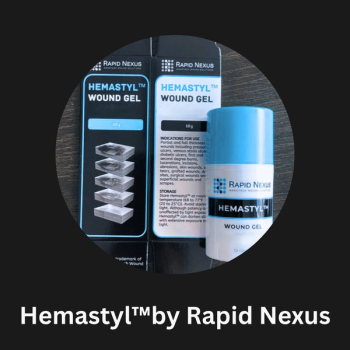
How to think about required minimum distributions
Key Takeaways
- RMDs start between ages 73 and 75, with penalties for non-compliance, and are often misunderstood by retirees.
- Tax-deferred accounts offer growth benefits, not just initial tax breaks, and should be maximized for long-term gains.
Based on what you hear from retirees about RMDs, you would think that their grandchildren were being fed to sharks by sinister government agents
Tax-deferred retirement accounts such as 401(k)s, 403(b)s, SEP-IRAs, and traditional IRAs include a feature known as a Required Minimum Distribution (RMD). Beginning at some point between age 73 (for those born before 1965) and 75 (for those born after 1964), retirees are required to start withdrawing a bit of money each year from their
No big deal, right? However, based on what you hear from retirees about RMDs, you would think that their grandchildren were being fed to sharks by sinister government agents. I have heard the most bizarre statements about RMDs ranging from advice to try to minimize returns in any account subject to RMDs to withdrawing money early from those accounts to never contributing to them in the first place. Articles about RMDs often include the words “tax bomb” and “tax trap” in the title. I find it absolutely amazing that we are all thrilled to have higher spendable income during our accumulation years but somehow that income turns into a bad thing during the decumulation years. Now I’m all for doing tax planning and I agree with Judge Learned Hand when he said, “ Anyone may so arrange his affairs that his taxes shall be as low as possible; he is not bound to choose that pattern which will best pay the treasury.” But there are an awful lot of retirees out there who would cut off their nose to spite their face. My goal when it comes to tax strategizing is not to make my tax bill as low as possible, but rather to have as much money as possible left over after paying my taxes.
A better way to think about tax-deferred retirement accounts and required minimum distributions is that when you get to RMD age, you have maximized the value of your retirement account. The main benefit of the retirement account is to allow your investments to grow faster and with less risk of loss to your creditors due to the tax-protected growth and asset protection features of that account. It is best to think of a tax-deferred account not as one account, but as two. One account consists of your
Once you understand how the account actually works, you can see how silly it is to avoid contributing to it in the first place, to withdraw from it early before you actually want to spend the money, and to seek to earn low returns with the money. All that does is reduce how long your money gets to grow in tax-protected way. Sure, you might be depriving the government of some tax money by doing so, but you’re hurting yourself in the exact same way that you are hurting the government. You’re cutting off your nose to spite your face.
Despite many people thinking they have an “RMD problem”, in reality only a few people have a true “RMD problem” where they actually have to pay a higher tax rate at withdrawal than they were paying at the time of contribution, and those people are typically now quite wealthy after a lifetime of being excellent savers. Even in that situation, the solution to an RMD problem is not to withdraw the money early (much less earn low returns on it on purpose or never contribute the money), but to perform a Roth conversion. When you move money from a traditional tax-deferred account to a Roth tax-free account, you have to give the government itsshare of the money. Now all that is left behind, along with everything it earns, is all yours. You just need to be careful you didn’t do that conversion at such a high tax rate that you gave the government some of your money in addition to the government’s money.
Retirees should feel very comfortable just spending their RMD. Safe withdrawal rate studies suggest that you are extraordinarily unlikely to run out of money in the account before death if all you spend is the RMD. However, if they do not wish to spend the RMD and would prefer not to pay taxes on it either, they do have another option. They can give the RMD directly to charity, even if they don’t itemize their taxes. This is known as a Qualified Charitable Distribution (QCD), can be as large as $108,000 in 2025, and is indexed to inflation for future years. While you do not get an additional charitable tax deduction for that donation, you can give both your money and the government’s money to your favorite charity.
Large RMDs, like a large income, are one of the best financial “problems” you could ever run into. Avoid doing anything rash due to fear of large RMDs.
James M. Dahle, MD, FACEP, is the Founder of The White Coat Investor
Newsletter
Stay informed and empowered with Medical Economics enewsletter, delivering expert insights, financial strategies, practice management tips and technology trends — tailored for today’s physicians.


















